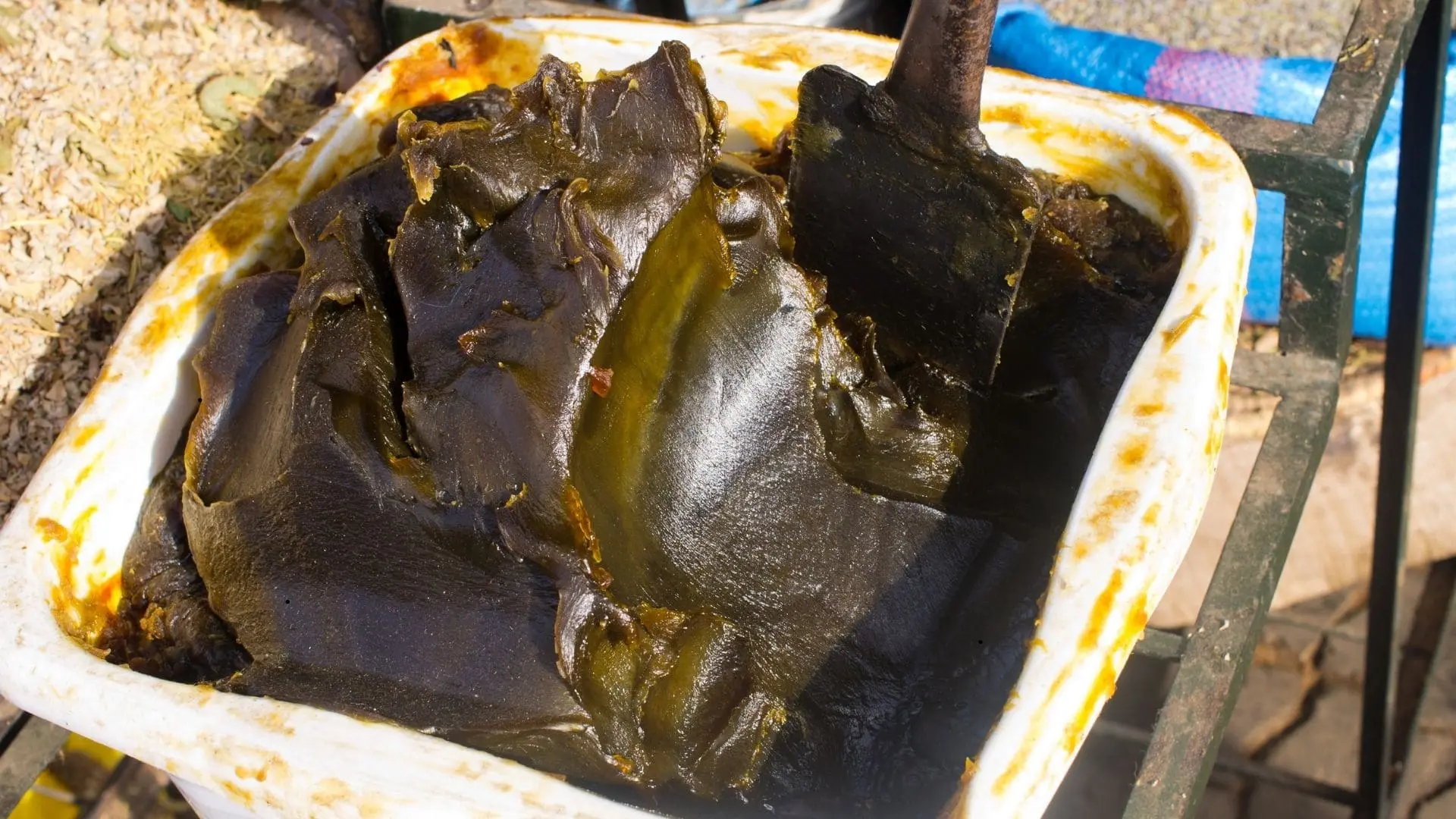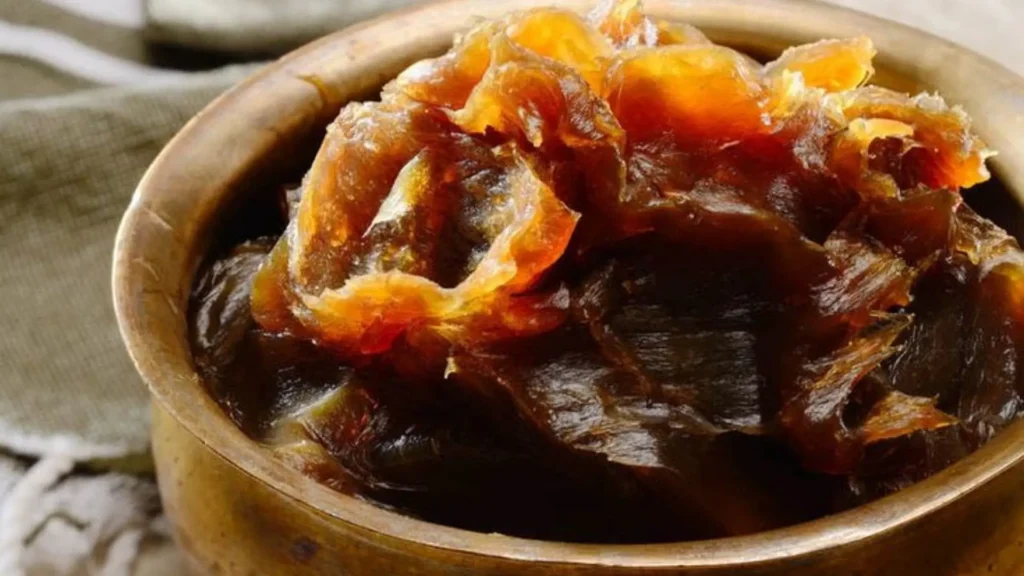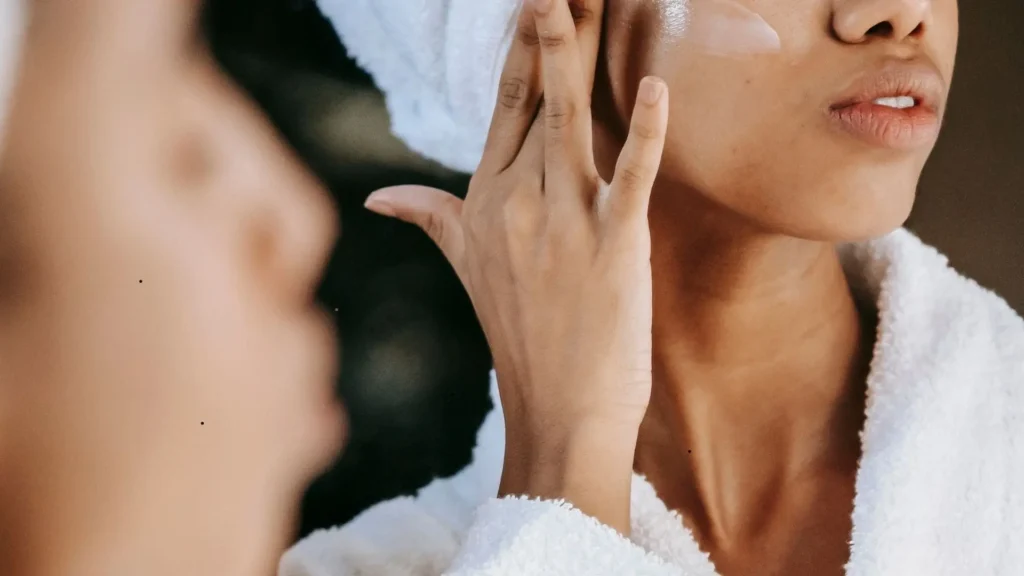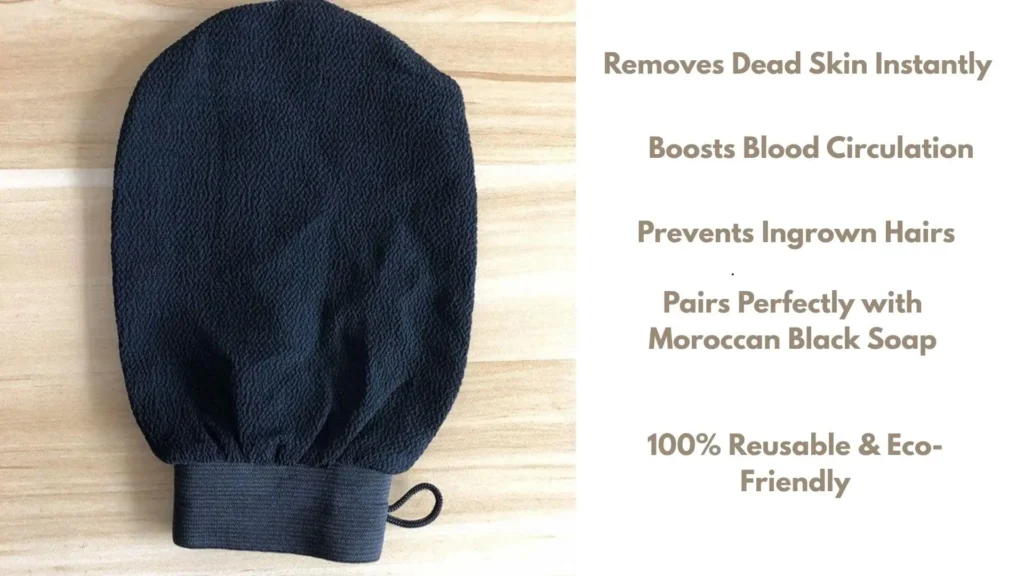
If you’ve ever been to a Moroccan hammam, you’ll know there’s nothing quite like the feeling of stepping out with skin as soft as silk. For me, that magical transformation comes down to one product: Moroccan Black Soap (also known as Savon Noir or Beldi Soap).
When I first started using it, I had so many questions: How often should I use Moroccan Beldi Soap? Will it work for my sensitive skin? Can I use it on my face? After months of experimenting, reading, and even chatting with Moroccan women who grew up using it, I’ve found the perfect routine — and the glowing skin to prove it.
In this article, I’m sharing everything I’ve learned about Moroccan Black Soap, the benefits I’ve seen firsthand, and exactly how often I recommend using it for different skin types.
What Is Moroccan Black Soap?

Moroccan Black Soap is a natural, plant-based paste traditionally used in Moroccan hammams. It’s made mainly from olive paste, rich in vitamin E, and often infused with eucalyptus oil for that fresh spa-like scent.
Unlike regular soap, it doesn’t foam — instead, it works as a deep skin softener, preparing your body for exfoliation with a kessa glove. Think of it as a gentle yet powerful way to melt away dead skin cells, dirt, and impurities.
💡 Fun fact: Moroccan women have been using Savon Noir for centuries, not just for beauty, but as a ritual of self-care and relaxation.
Why Frequency Matters
When I first got my jar of Moroccan Black Soap, I was so excited that I used it almost every day — big mistake! My skin became a little dry and sensitive. That’s when I learned that over-exfoliating can strip your skin’s natural barrier, causing redness and irritation.
On the flip side, if you don’t use it enough, you’ll miss out on its amazing benefits:
- Soft, smooth skin (seriously, baby-soft)
- Better product absorption (your moisturizer sinks in like magic)
- Healthy glow thanks to improved circulation
- Deep cleansing without harsh chemicals
How Often Should You Use Moroccan Black Soap?

The short answer: Once or twice a week for most skin types.
But let’s break it down, because your ideal routine depends on your skin type, lifestyle, and even the season.
For Normal Skin
I’ve found that once a week is perfect. It keeps your skin polished without overdoing it. If you love that fresh-scrubbed feeling, you can go up to twice a week, but always follow with a rich moisturizer.
For Dry or Sensitive Skin
I have a friend with eczema who uses Moroccan Bledi Soap only once every 10–14 days. It still gives her that smooth finish, but without triggering dryness. If your skin is sensitive, always do a patch test first and skip the kessa glove if you feel irritation.
For Oily or Acne-Prone Skin
When my skin feels congested in summer, I use it twice a week. It helps unclog pores and control oil, especially if I’ve been wearing heavy sunscreen or makeup. Just remember — be gentle with exfoliation to avoid spreading bacteria.
For Combination Skin
This is my skin type most of the year. I like to use Moroccan Black Soap once a week in winter and twice a week in summer when my T-zone gets oily.
My Hammam-Style Routine at Home

Here’s exactly how I use Moroccan Black Soap for maximum results:
- Steam or warm up your skin — I take a hot shower for 5 minutes or sit in my bathroom with the steam building up.
- Apply Moroccan Black Soap — A small scoop is enough for the whole body. I massage it in and let it sit for 5–10 minutes.
- Exfoliate with a kessa glove — This is the fun (and slightly gross) part — you’ll actually see dead skin rolling off.
- Rinse thoroughly — Use lukewarm water, not too hot.
- Moisturize — I love using argan oil afterward for that Moroccan spa finish.
Benefits I’ve Noticed Since Using Moroccan Black Soap

I’ve tried every scrub and peel out there, but nothing compares to the way Savon Noir makes my skin feel. Here’s what I’ve personally experienced:
- My skin is smoother than ever — even on my elbows and knees.
- No more ingrown hairs after shaving or waxing.
- My tan lasts longer because my skin is always fresh and even.
- Makeup looks flawless because my foundation glides on.
- Less body acne — the deep cleansing really helps.
Tips for Best Results
- Always moisturize after using Moroccan Beldi Soap.
- Store it in a cool, dry place to keep it fresh.
- Use a gentle kessa glove if you have sensitive skin.
- Avoid broken or irritated skin.
- Pair with Moroccan Rhassoul clay once a month for a full hammam treatment.
If you’ve ever wandered through the winding alleys of Morocco, you’ve probably seen Moroccan Black Soap sold in tiny jars at spice stalls and beauty shops. One of my favorite places to find the most authentic Savon Noir is in Fez Medina, a living museum of Moroccan tradition. If you want to soak up more of its magic, check out my post: Exploring Fez Medina: Morocco’s Timeless Treasure.
Where to Buy Authentic Moroccan Black Soap
When shopping for authentic Moroccan Black Soap in Morocco’s medinas, a few simple tips will help you find the best quality. I recommend visiting the Fez Medina for its artisanal beauty stalls, the Marrakech Medina for its hammam tradition, and the Essaouira Medina for coastal-inspired blends. Always check for:
- Thick, paste-like texture (never watery)
- Natural ingredients like olive paste and eucalyptus
- Rich, deep green-brown color
- Shops that let you smell and touch the paste before buying
FAQ About Moroccan Beldi Soap
Yes, but choose a gentler formula and avoid scrubbing too hard.
Yes, but limit usage and always moisturize.
A jar can last 3–6 months depending on how often you use it.
Absolutely — it’s great for preventing ingrown hairs after shaving.




